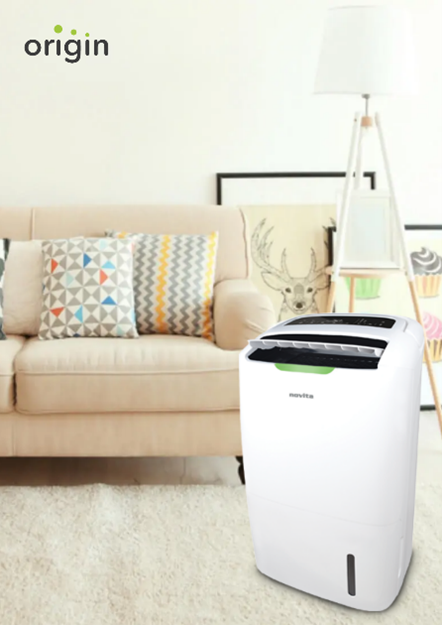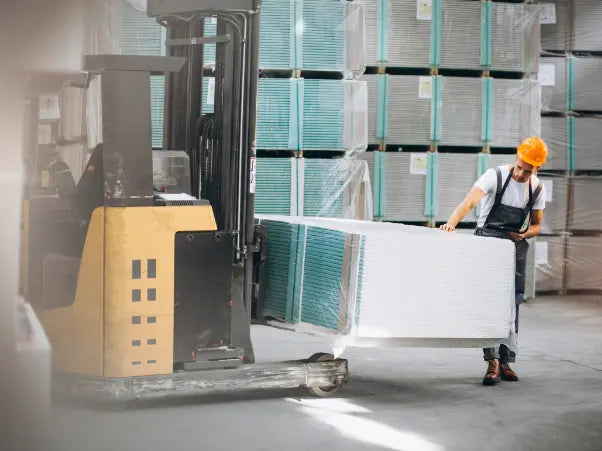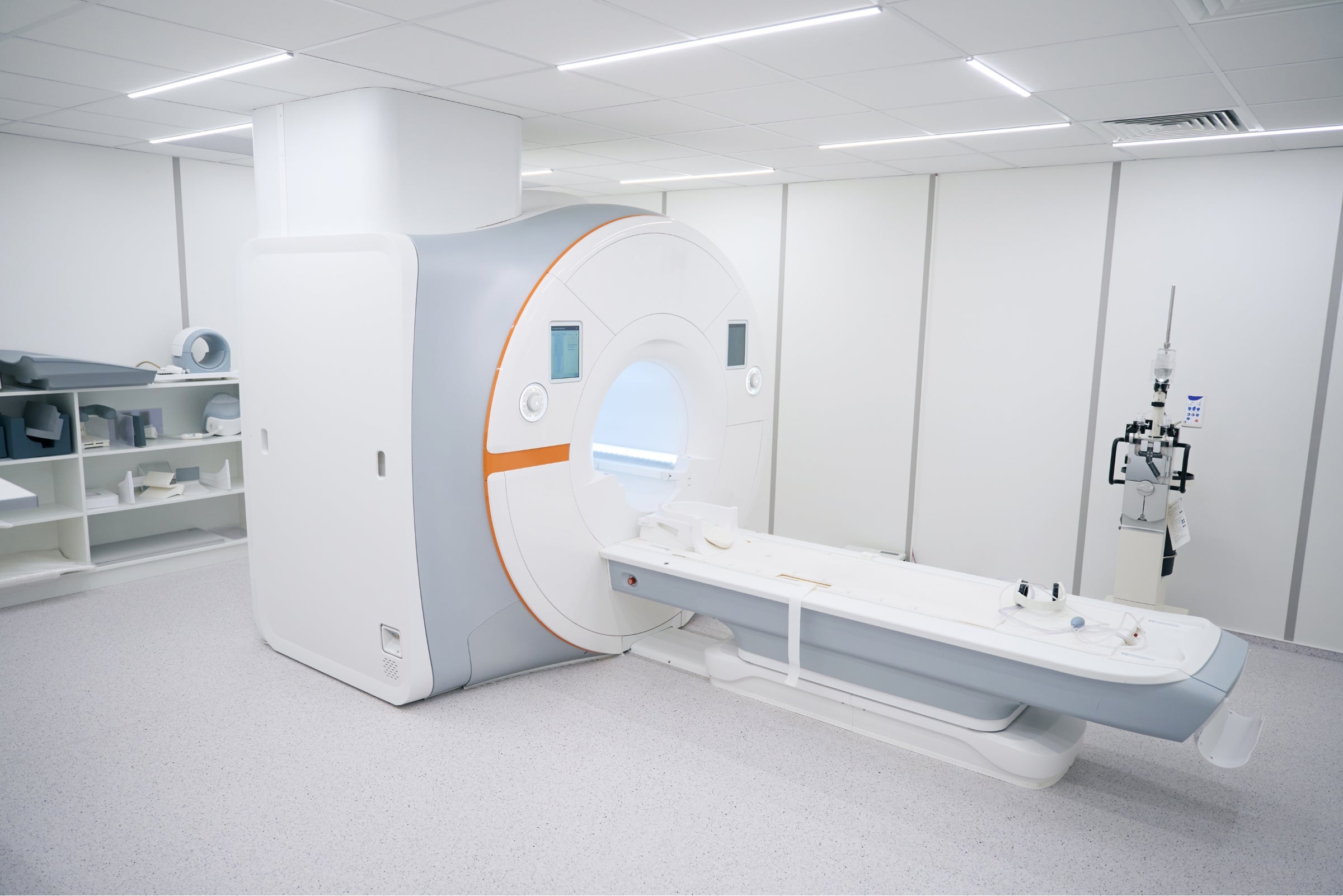What is wrong with high humidity levels at home?
After you switch off the air conditioning, ambient air tends to find its way in your room leading to condensation on floor, walls and ceiling. This can lead to slippery floors and fungal growth on the walls and ceilings.


High humidity and moisture can inflate your wood and will leave white spots on the surface. If you have an elegant home with wooden furnishing, then I am sure you want to keep it looking new for years to come and also functional.
Furnishings like curtains, upholstery on sofas and chairs tend to also absorb moisture and if retained for long will form fuzzy dots i.e. fungus which can be a very unpleasant sight and hard to clean.
Furthermore, after we switch off the air conditioning, the air temperature in our room increases along with the humidity which settles on circuits leading to corrosion and break in circuits.
This leads to frequent breakdowns and added maintenance costs. In second homes in hill stations with high rainfall, electronics like home theatre systems and LCD projectors gradually deteriorate due to moisture settling on them.
Not to forget the allergy cold and cough which is the result of bacteria and viruses born out of excess moisture in the air.
Sohow can a dehumidifier help?

Origin Dehumidifiers reduces the excess moisture in the air by transforming moisture in the air into water which get collected in a tank or can be drained out through a hose pipe.
It’s portable, comes with small wheels and can be moved around in different rooms very conveniently.
Here, we will learn about refrigerant-based dehumidifiers—these are the most popular style of dehumidifiers.
The mechanics behind a refrigerant-style dehumidifier are actually very simple.
Have you ever noticed how moisture forms on the outside of a cold glass of water on a hot day? Or when you remove a water bottle from the refrigerator, the outer part of that bottle immediately turns moist? Noticed that?
That’s condensation, and once you know that, understanding how a dehumidifier works becomes a lot easier.
Room dehumidifiers like those of Origin Dehumidifiers work like this:

Warm, moist air is sucked into the dehumidifier by a fan.
The warm moist air then crosses over the cold coils, causing the moisture in the air to turn into water droplets inside the machine.
Why does that happen? These coils are cold and air that crosses over them is warm. When warm air collides with something cold, it leads to condensation.
Next, the water has been removed from the moist air by those cold coils, and that air has now become cool and dry.
This cool dry air passes back over the dehumidifier’s warm coil, which slightly heats the air again before it is thrown back into the room.
Thus, in this way, the water from the moist humid air from the environment is accumulated by the dehumidifier and the humidity level of the area is regulated.
What happens next? Dehumidifiers usually have a removable bucket where the water is collected for quick disposal. Some dehumidifiers also have a pump, for continuous drainage.
The dehumidifier will automatically shut off when the drainage bucket is full. Nothing to worry about.
You can set your desired level of humidity on the control panel of the dehumidifier, and it will work accordingly.
Origin Dehumidifiers function in 4 Very Simple Steps:

- Step 1: The dehumidifier draws moisture filled air from the surrounding and passes the air through cold refrigerated coils.
- Step 2: The water condenses on the cold coils and the condensed water droplets are collected in the dehumidifier water tank.
- Step 3: Then the air is passed over a warm condenser coil and reheated.
- Step 4: The dehumidified warm air is now released in the room and the process is carried on to meet the desired humidity level.
Here is where you can find out more about Origin Dehumidifiers, one of India’s Top Dehumidifier Brand.





Share:
Dehumidifiers for Restaurants
10 Proven Reasons Why You Definitely Need a Dehumidifier